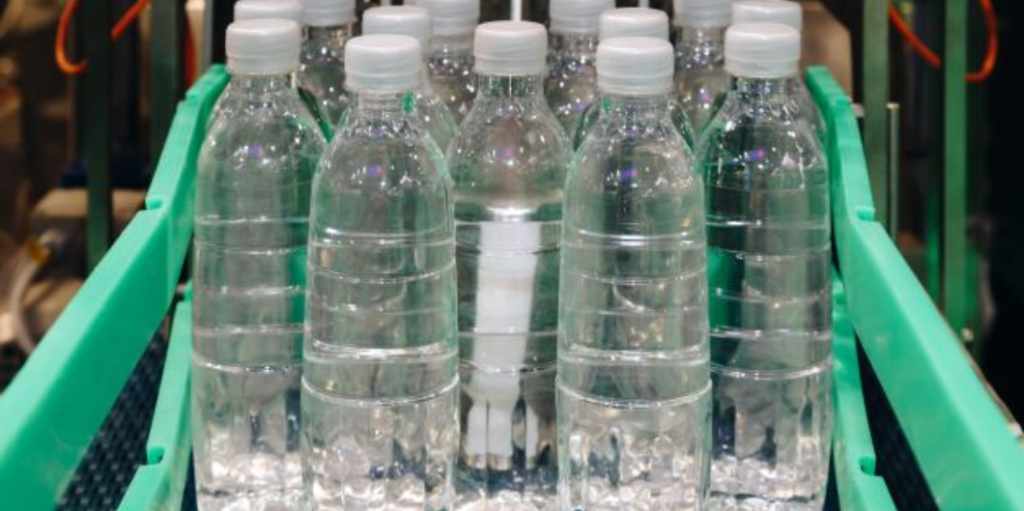Since the invention of the first modern conveyors in the 1700s, conveyor technology has improved significantly. These days, they can be constructed and installed in various ways and are typically powered by motors. No manufacturing sector exists that does not make use of a conveyor system in some form or another. They have become a crucial part of the industrial and manufacturing processes.
There are numerous conveyor systems on the market, such as belt conveyors, chain conveyors, slat conveyors, gravity roller conveyors, overhead conveyors, tube conveyors, pneumatic conveyors, and bean trolley systems. They are all primarily used to move materials from one point to another efficiently and safely.
What Industries Use Conveyor Systems?
A conveyor system is preferable to simple human labor whenever large or bulky materials need to be moved within the same production area. Numerous benefits of conveyor systems include continuous functioning, greater effectiveness, decreased chance of worker accidents, quicker product output, and lower operational and consumer costs.
Some industries that take advantage of conveyor systems include:
- Food processing
- Pharmaceuticals
- Chemicals
- Petroleum
- Mining
- Packaging
- Consumer goods
- Automotive
- Agricultural
- Warehousing
- Computer assembly
- Aerospace
A manufacturing site that doesn’t include at least one conveyor system in its operations is rare.
What Are The Components of a Conveyor System?
A typical conveyor system comprises three central units—the aluminum profile, the driving unit, and the extremity unit. Each unit includes certain integral parts such as the conveyor belt support, the pulleys, and the driving unit. While add-on modules are available for specific needs, these three parts are essential.
The conveyor belt support is a streamlined part that helps the conveyor belt move swiftly and smoothly. To prevent the belt from sagging when an object is placed on it, it also serves as a sturdy support for the belt.
The pulleys govern how the belt moves. The primary function of the pulleys in the extremity unit is to control the movement of the belt. They are purposefully positioned to turn the belt around and allow it to return so empty belt space is ready for loading.
The driving unit makes it possible for the conveyor system to run continuously, go in reverse, and continually change directions. Finally, the counter bearing facilitates smooth rotation between system components.
What Parts of a Conveyor System Are Plastic?
High-performance plastic parts and components are used in many conveyor systems to guarantee a consistent and dependable flow of goods during crucial industrial processes.
Plastic can be found in many more conveyor parts such as chute liners, chain conveyor flights, belt scrapers, conveyor skirting, vibratory feed liners, dragline buckets, paddles, and slider beds.
Which Plastic Is Used for Conveyor Belt?
Several high-performance plastics can play a role in conveyance systems, particularly conveyor belts. They include:
- Ultra High Molecular Weight Polyethylene (UHMW) is frequently utilized in conveyor systems because it has a low coefficient of friction, absorbs little moisture, and lessens or eliminates bridging and arching. Polyethylene can also withstand temperatures as low as -160°, making it suitable for installations in cold areas.
- Acetal is another often-used conveyor-system plastic. It is sometimes referred to as cut-resistant POM (Polyoxymethylene), is easily machined, and comes in several grades. Acetal’s natural lubricity and low friction coefficient make for smooth rolling. Some Acetal and UHMW grades are metal and X-Ray detectable, which allows food processors to reduce post-packaging contamination.
- Nylon is also a popular material. The timber and mining industries use heavy-duty nylon belts on conveyors because they are exceptionally robust, silent, and abrasion-resistant.
- Polypropylene has an operating temperature range of up to 212 °F. It is a tough substance with strong pulling power and is often used in high-temperature installations featuring boilers and dryers. It also offers exceptional chemical resistance to harsh cleaning agents, among other solutions.
It’s important to note that plastics used in any part of a food processing plant must be FDA-compliant. These include high-density polyethylene (HDPE), low-density polyethylene (LDPE), polycarbonate (PC), and polypropylene.
Conveyor System Materials at Piedmont Plastics
You always want to use suitable material for the job. Whether your facility features high or low-temperature environments, handles food, or includes potentially toxic materials, you’ll want to be confident that the components of your conveyor system are appropriate, safe, and effective.
At Piedmont, we have the solution you need. Let our expert sales team help you select the best materials for your application based on your unique circumstances and environmental challenges. Contact us today to get started!
